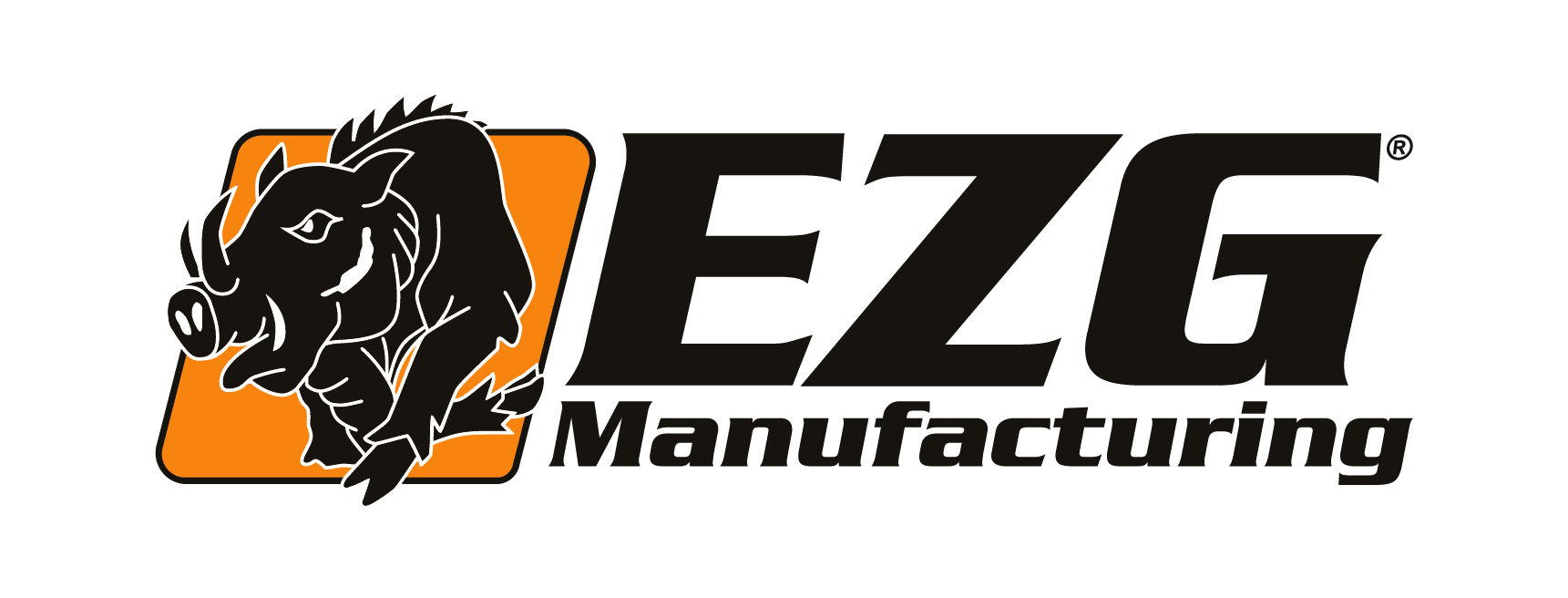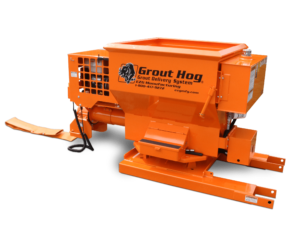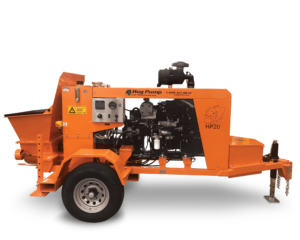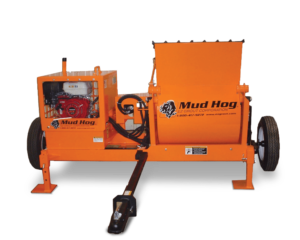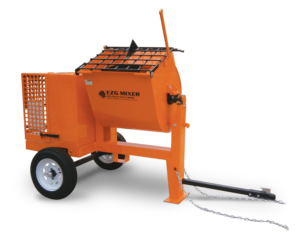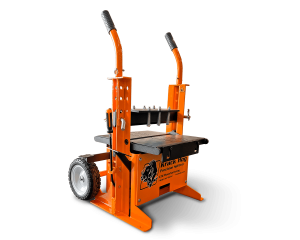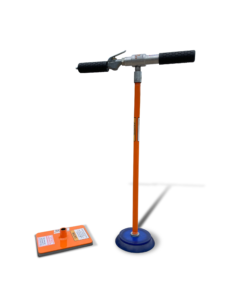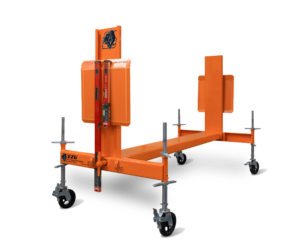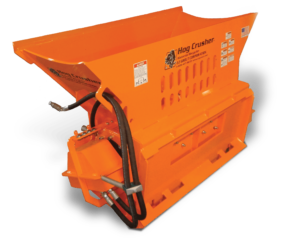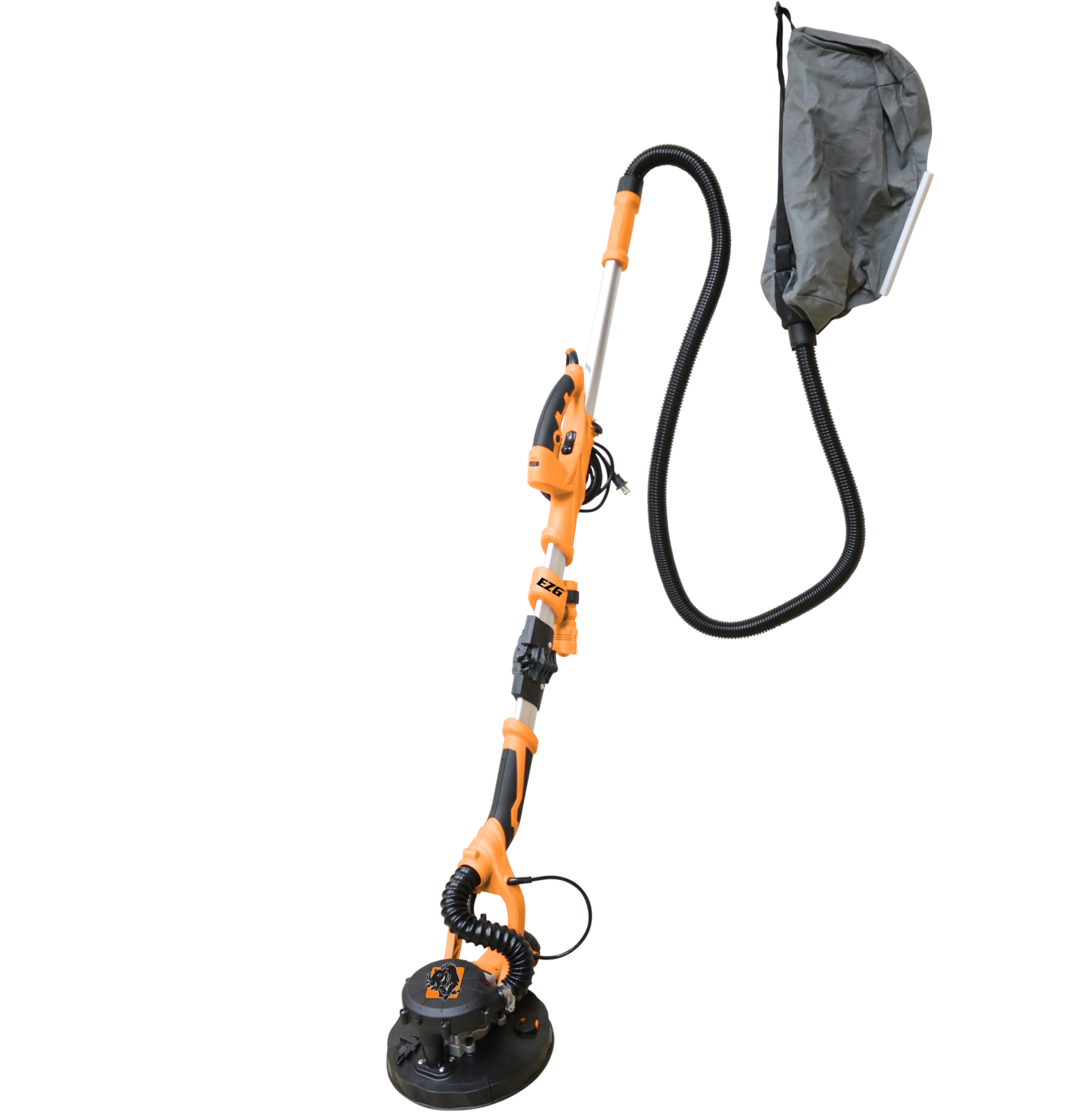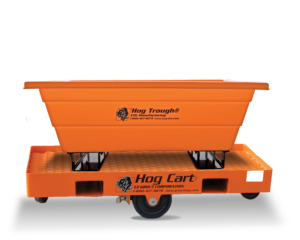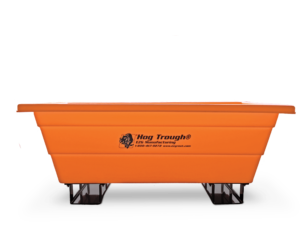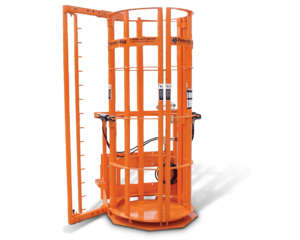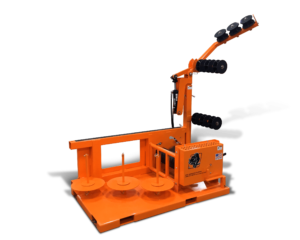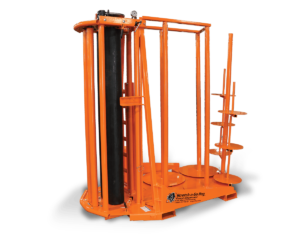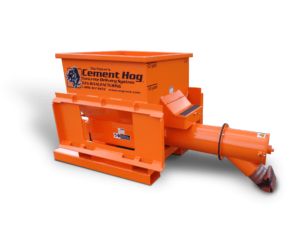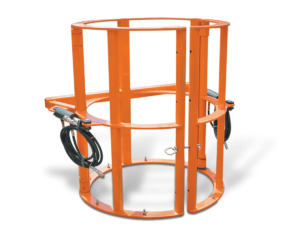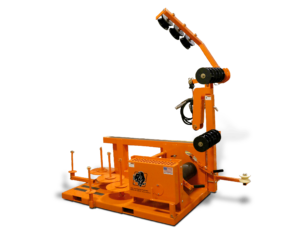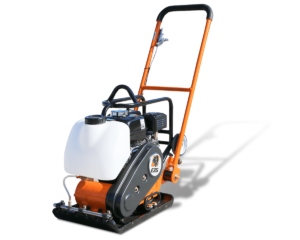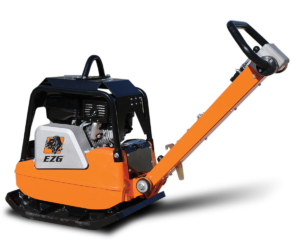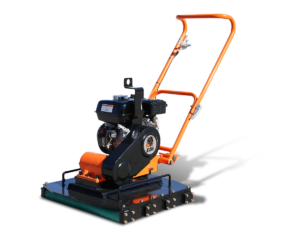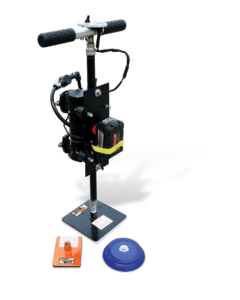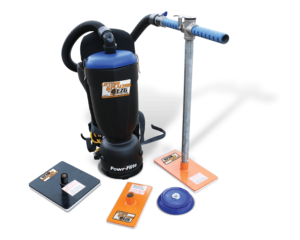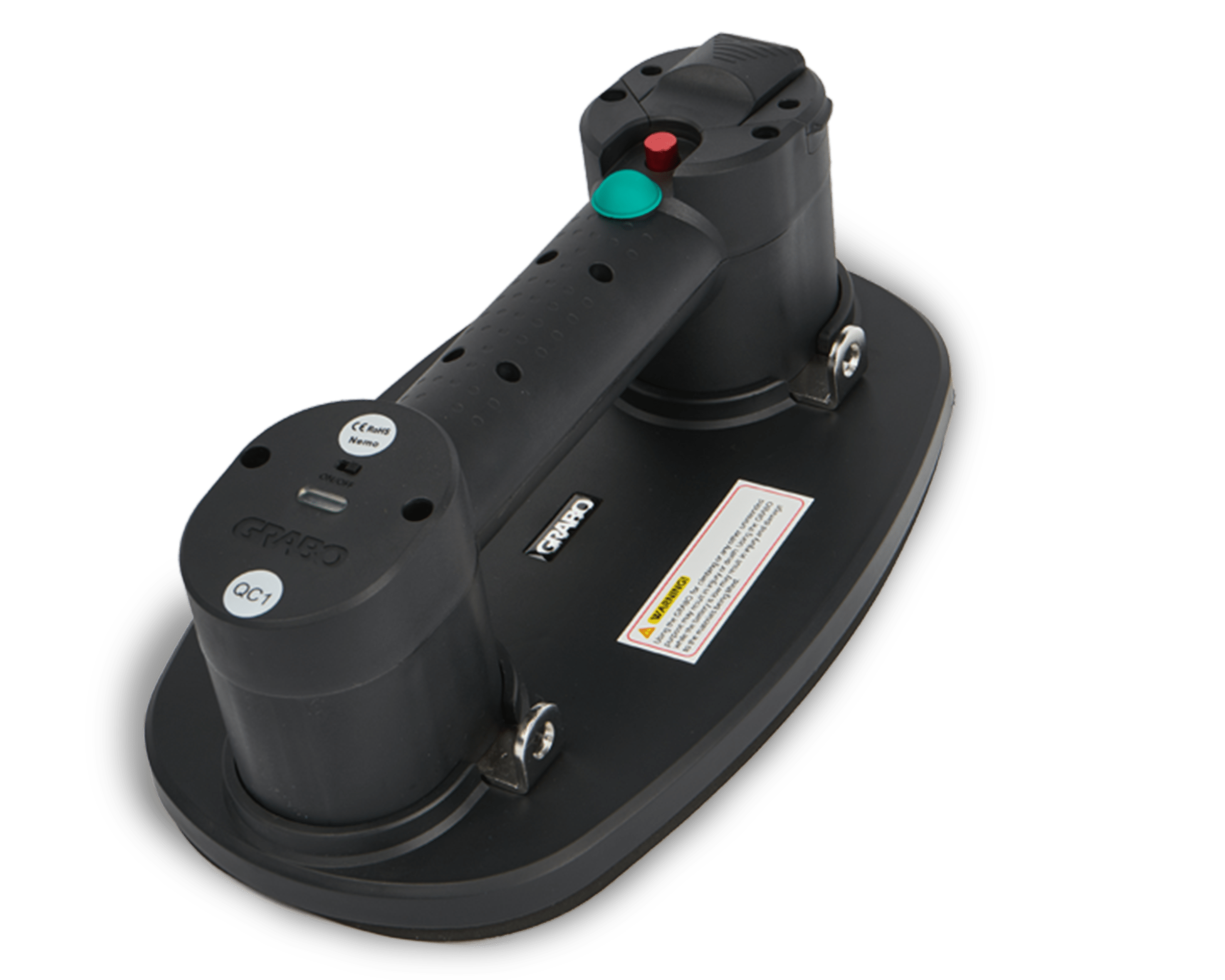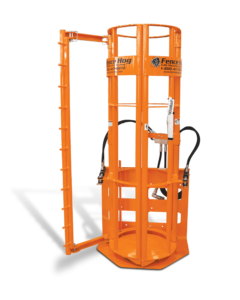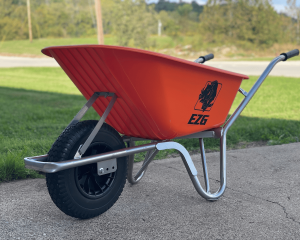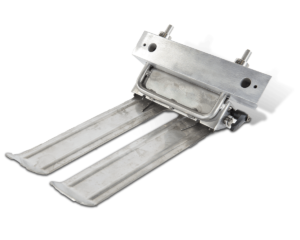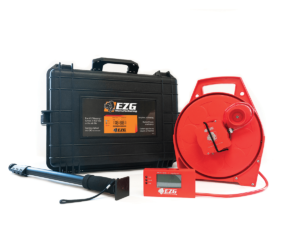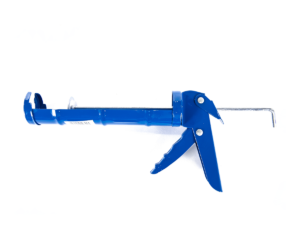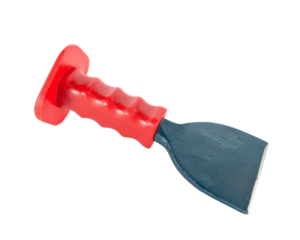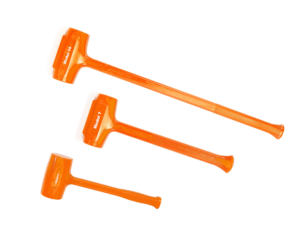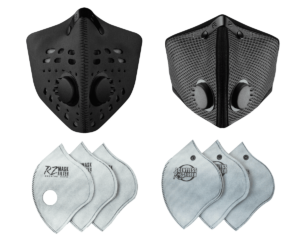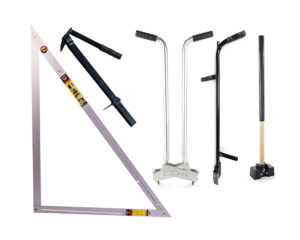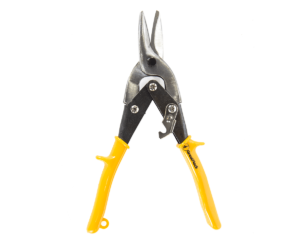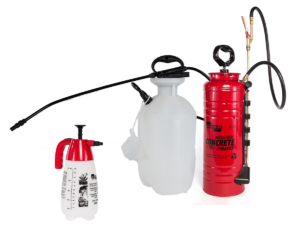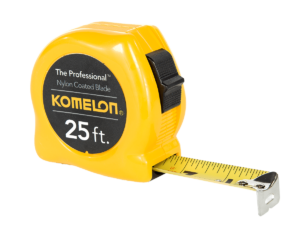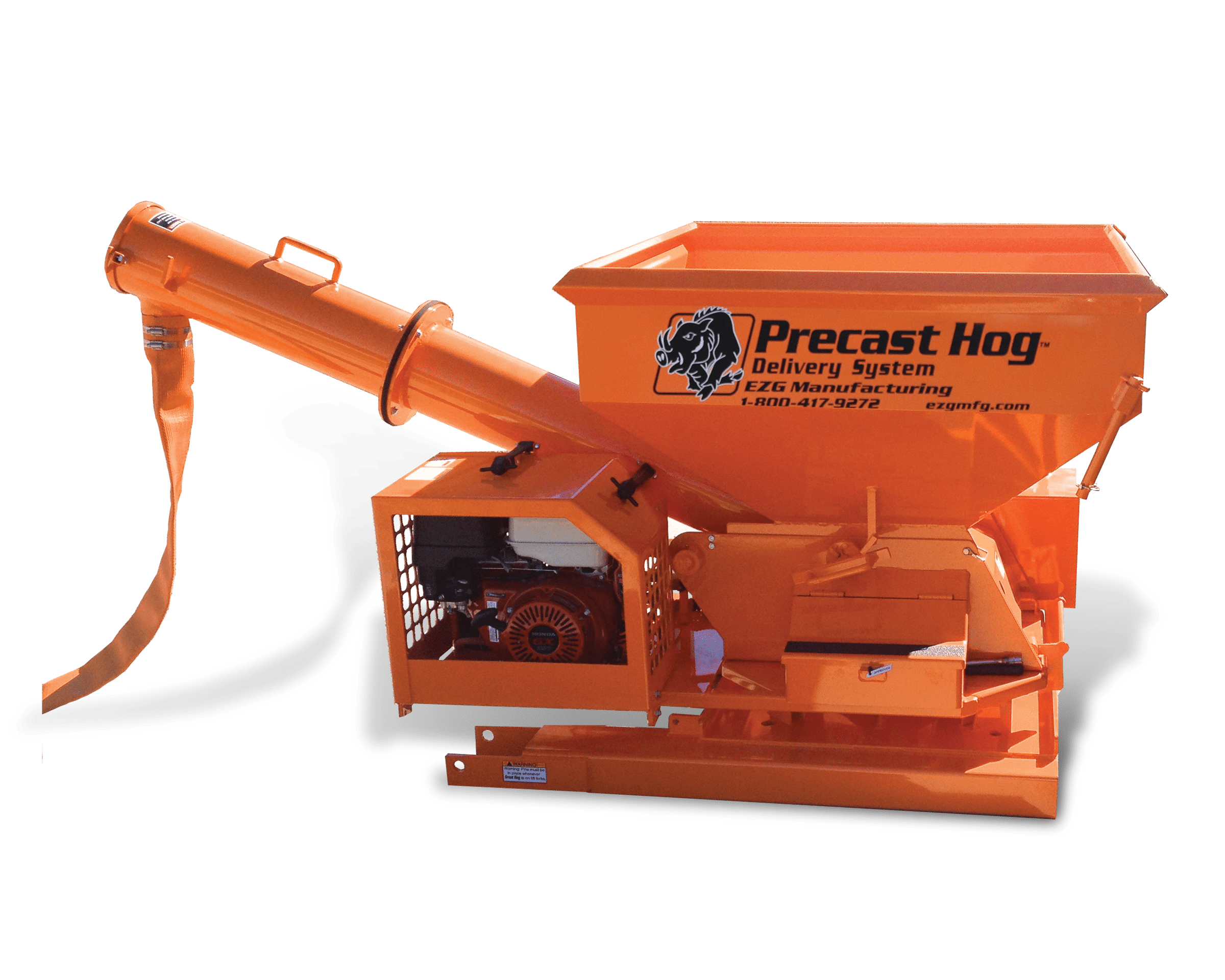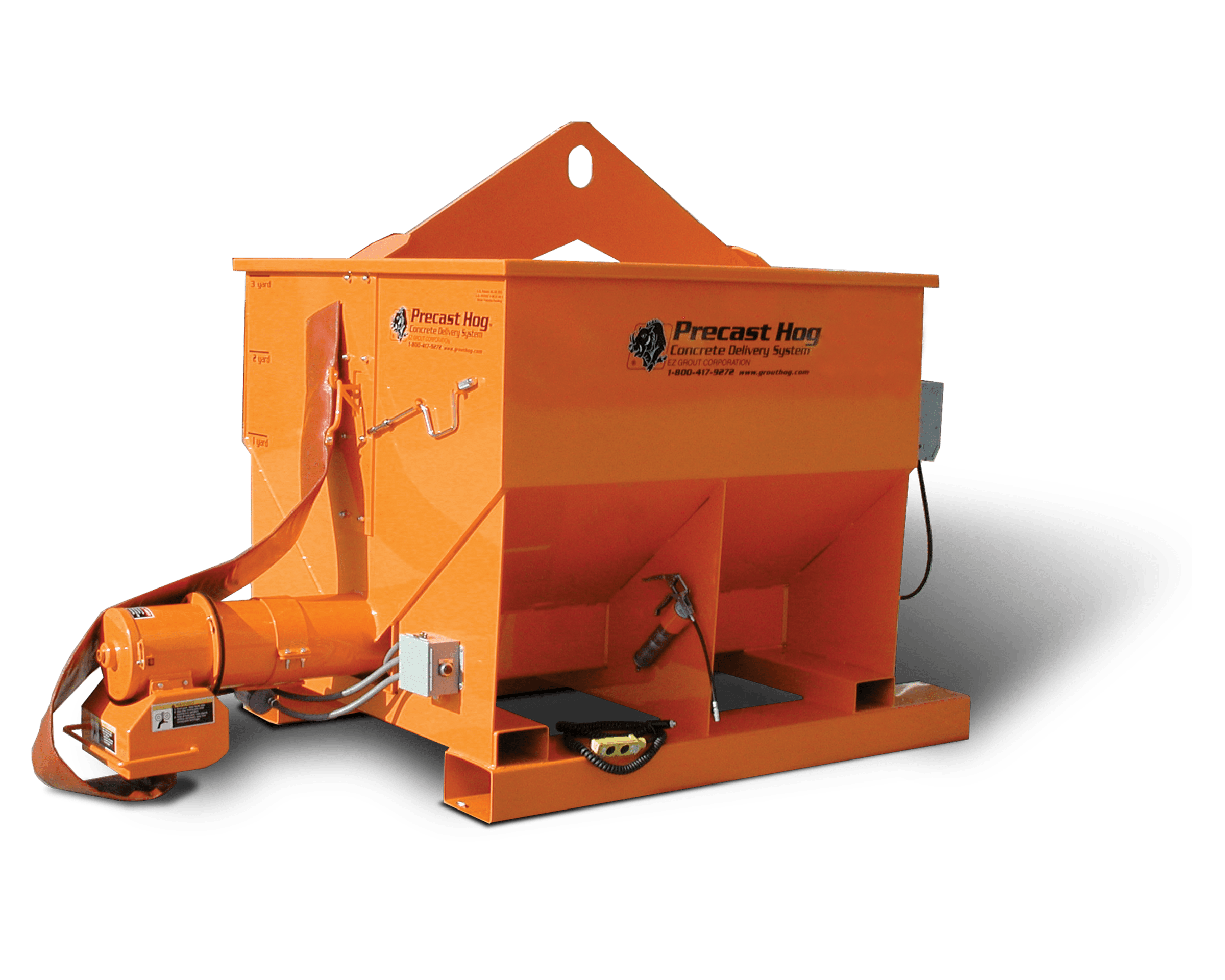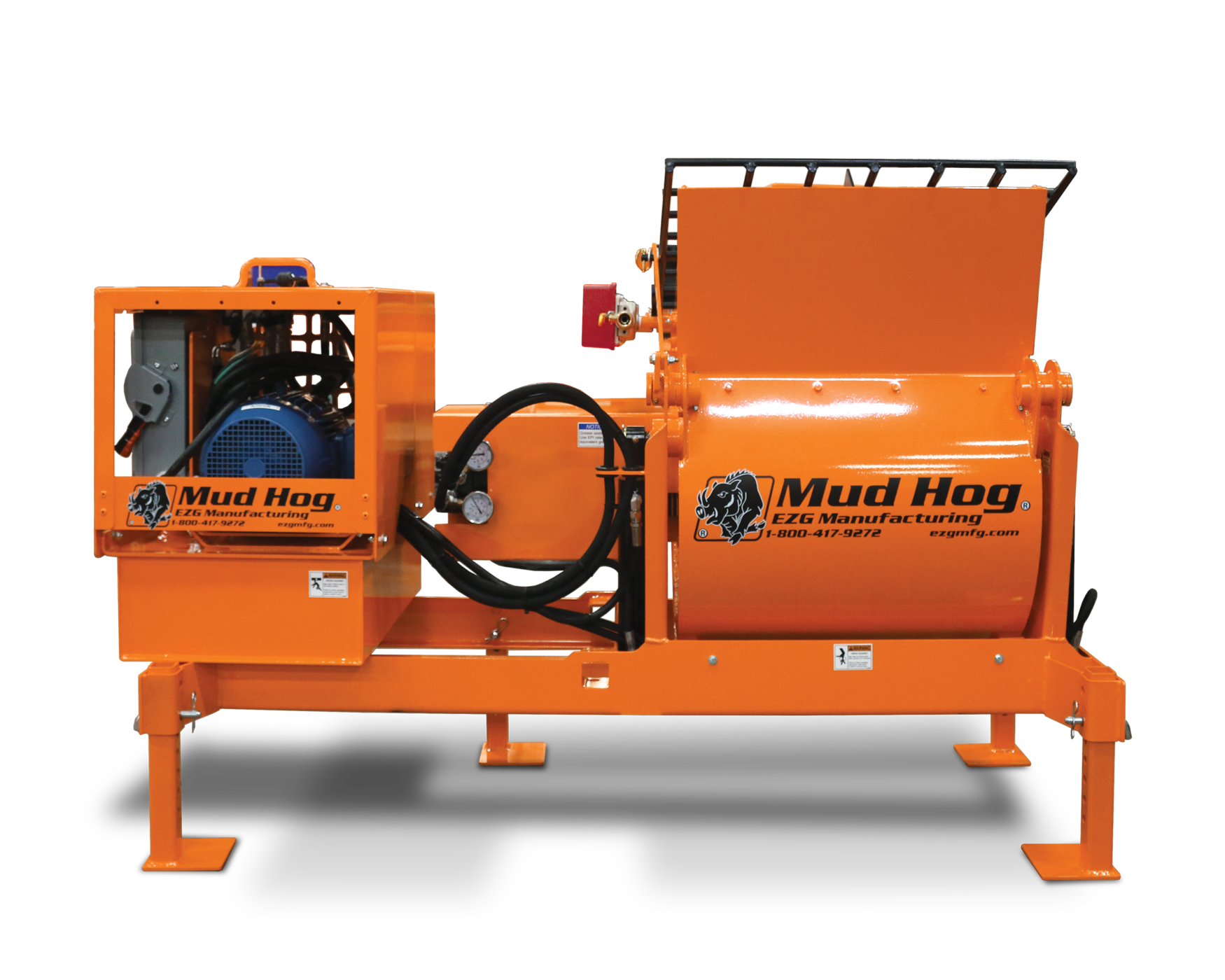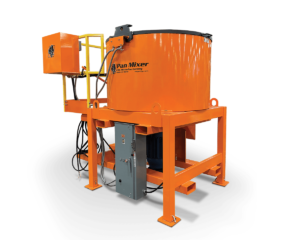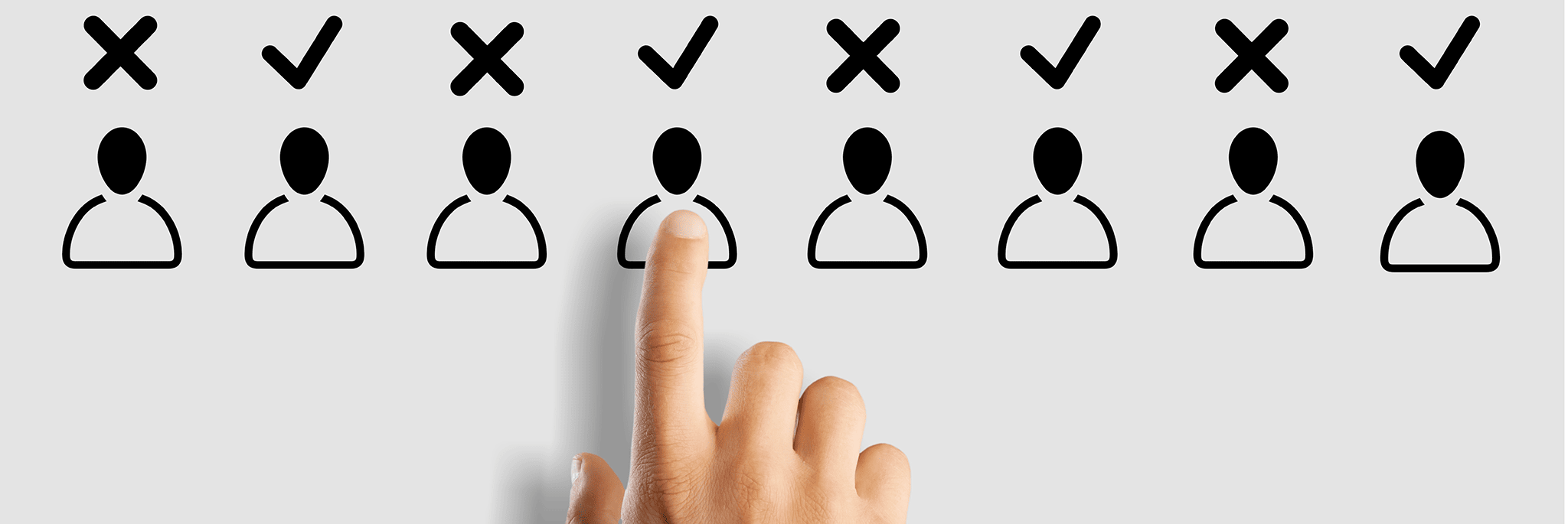Getting the right people in the right roles. That is one of the most essential elements in operating any business. Your goal is to place the ideal candidate in a position where they can be effective, be challenged and still excel. Failure to effectively staff your company can be disastrous.
The hiring process can be costly, but it is a necessary expense that allows a company to move forward. But understand, the investment in recruiting is far costlier when you hire the wrong people. Turnover based on a poor hiring decision can be detrimental to the company. It is more than a financial risk. It can also hinder progress and impact morale.
How do you effectively hire the right person?
- Personality and behavioral style assessments. We use the DISC assessment. There are several other assessment systems out there that can help with your hiring process. Our company’s first step is to determine what the personality profile assessment looks like compared to the best person we currently have in the role. Viable interview candidates must have a similar assessment. For example, I am the CEO, but I would be a terrible estimator as my attention span is very low. In the same token, a good estimator would not likely be a good CEO as their attention to detail may limit them from being a visionary. Once you have established the assessment, trust it. I recall a time when we went against the personality profile assessment on a high-level employee. Later we found everything the assessment tried to tell us was correct, and we had to part ways. That was painful lesson.
- During the hiring process we weight our decision based on a four-facet approach:
-
- Personality Traits. They can tell us how the candidate may act and feel in various situations. Most often measured in job-related assessments are extraversion and introversion, stress tolerance, proactivity, openness, adaptability, optimism, and emotional stability.
- Industry Knowledge. Your goal is to hire an expert in their field. Are they up on the latest trends, or are they still operating on outdated practices?
- Talent Assessment. This is an effective means of determining if the candidate can accomplish the duties expected for this role.
- Interview Performance. At the interview you are looking for a motivated candidate who has critical thinking and problem-solving skills necessary to perform in this role.
- Hire for the specific role. It is your job to hire the best person for the position that you need filled. Do not attempt to find someone who can be the best for every position. Understand the distinction.
- A good fit. Along with considering how a candidate will perform in this position, you also need to think about how they will be a good fit with your current team.
- There is no such thing as over-qualified. Our Chief Operations Officer Mark Allen has a fantastic hiring philosophy. Always hire the best of the best for every position. If someone is overqualified for a role, it is better to elevate the job description than turn away a great candidate.
- A-players only. There is no reason to have underperforming staff. You must maintain high standards or the business suffers. You have three options for your underperformers: train them to become A-players, move them to a department where they can become A-players, or simply let them go and replace them.
Because the availability of jobs is at an all-time high, the application pool is not as vast as it has been in the past. Do not let that force you into dealing with difficult candidates. Beware of these two types of applicants:
- The user. This type of candidate uses your offer as leverage to get a better hiring package from another company. They may also employ the tactic of going back and forth with you to get more. If they are comfortable using leverage to get what they want, and you hire them, it will not be long until they are using the same leverage against you. There is no greater strength than one who has leverage and does not use it against you.
- The uninterested. If the candidate is less than enthusiastic about the job you are interviewing them for, they are likely not right for the role. Red flags that are clear messages of disinterest are: delayed or no response to your communications, late to the interview without providing an explanation, inattentive during the interview, and time constraints on conversations.
You’ve hired someone, but the hiring process is not over
As difficult as it is to find the ideal candidate, the hiring process does not end when you fill the role. You need an effective onboarding process so you can ensure new hires stay with your company. You need to develop a training process that prepares them for their role. They should also receive a policy and procedures manual, employee handbook, and a new hire orientation. Your goal is to help them understand how your company operates so they can feel prepared to be a part of your team.
As business leaders, it is not enough to simply talk about getting the right people on your team. Hiring exceptional talent is critical to success. When you have the right people in the right roles, you can focus on growth and achieving your goals. Never settle for anything less than an A-team. Once you have an A-team in place, how do you keep them? Sounds like a good topic for a future tip. Stay tuned!
